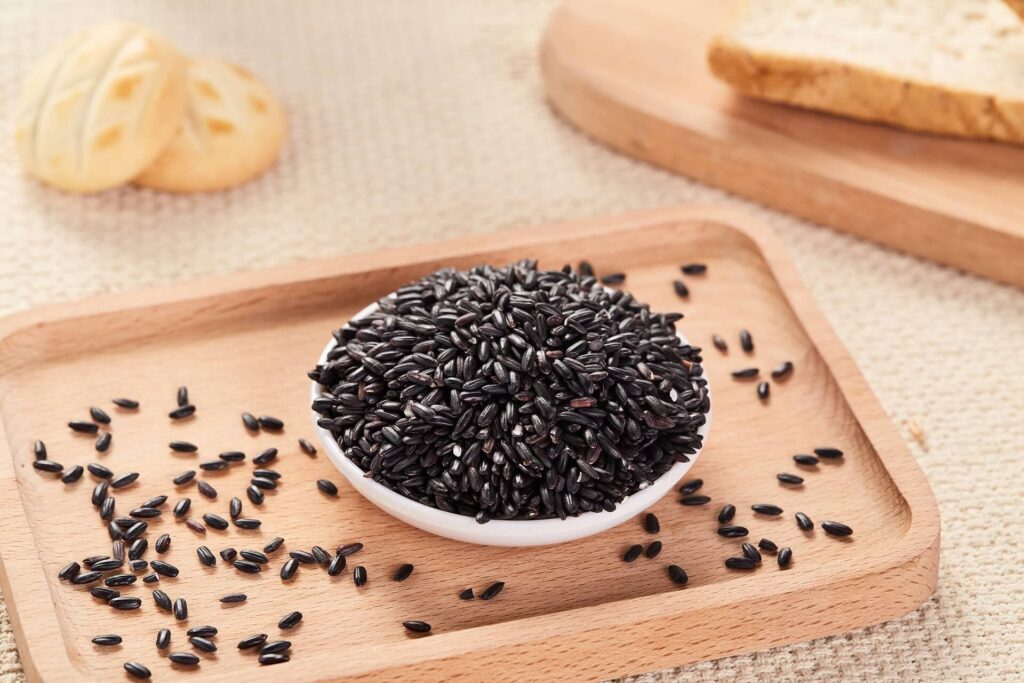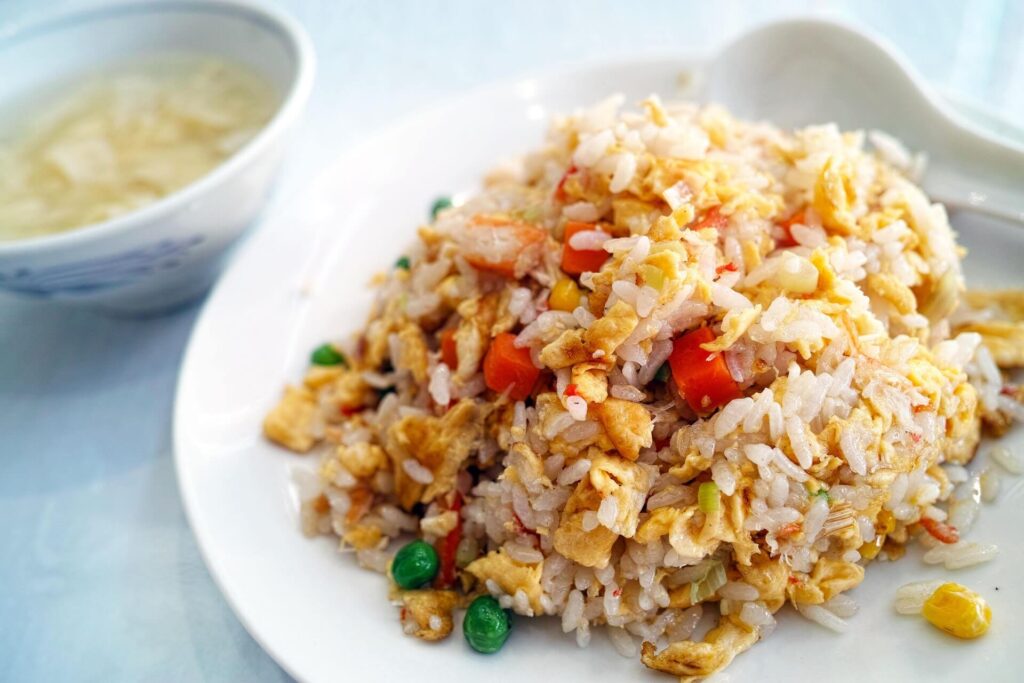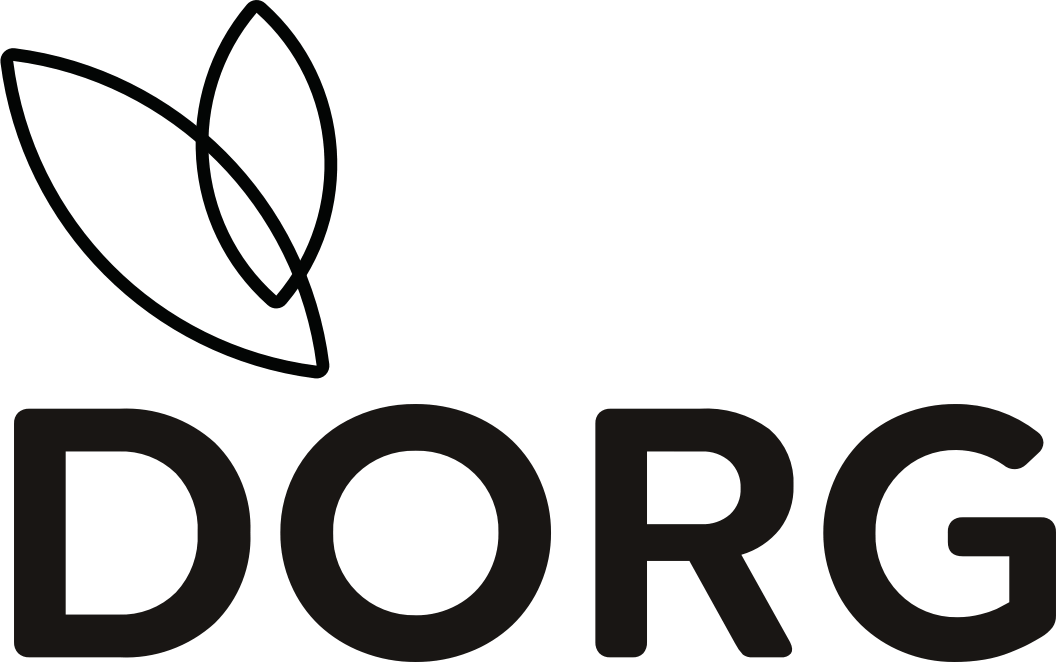And after the three day diet here we are talking about another dietary path known as the rice diet.
Also in this case the goal is to speed up weight loss through a healthy food that brings many benefits to the body.
Will this also be a modern diet? Not at all! It is a rather dated regimen, but still very popular for its qualities in terms of results, both on weight and on health.
Want to know how it works? Let's analyze together its characteristics, its modalities, its benefits, and then we also discover an easy example to follow.
What is the rice diet?
The Rice Diet is a low-energy, low-fat diet plan. It was founded in 1900 by Doctor Walter Kempner, a professor and doctor at Duke University. This doctor had the intuition to treat his patients with a special healthy diet, capable of improving metabolic processes, hypertension and renal insufficiency.
So here is the first difference with other diets: it was not created to lose weight for purely aesthetic purposes, but to improve the state of health of certain categories of people.
But why rice? It really seems that it facilitates a diet low in sodium and diuresis, in fact it is also called a detox diet.
Naturally, as the name suggests, it is based on the preparation of rice according to different cooking methods (boiled, puffed, etc.), to be brought to the table for all meals of the day.
Why start the rice diet

Although originally the rice diet had other objectives, starting from 2013 its ever increasing diffusion led to the creation of the Rice House Healthcare Program Durham, in which the benefits of the diet were analyzed in all aspects. And this is how it was increasingly clear that it had a positive effect on weight loss, guaranteeing results of up to 10 kg in just two weeks.
It is a rather rapid weight loss which has therefore also received criticism over the years, but which still receives approval today as long as you do it for a short time and with the foresight to first ask your trusted doctor for a consultation to discard conditions that could cause imbalances in the body.
The rice diet is still a low-calorie and low-protein diet, which will cause you to lose a lot of fluids, but will have no effect on the ratio between fat mass and lean mass.
The benefits of rice in the diet
Now we are curious to find out the benefits of rice in this particular diet. This is why it is advisable not only to integrate it but to make it the protagonist of main meals, especially the wholemeal one:
- it is very satiating;
- prevents cardiovascular diseases;
- facilitates water retention;
- guarantees the supply of vitamins and fibres;
- fights cholesterol;
- contains antihypertensive substances
- it is very digestible.
It follows that, depending on its variety, it has important qualities that are good for the human body and its main functions. But the nutritional properties are also different and this factor must be evaluated before starting the whole process.
How does the rice diet work?
The rice diet is divided into three phases:
- We begin with a sort of rather heavy impact therapy, to get used to the new regimen and allow the elimination of toxins. This detox effect is obtained by integrating a lot of fruit and vegetables into the rice. The energy intake must be equal to about 800/900 kcal per day.
- Now the low-fat protein intake must also be introduced. Specifically, the menu must also include white meats, fish, low-fat cheeses. The energy intake must be a maximum of 1200 kcal per day.
- It is a maintenance phase that helps stabilize weight, but with a few more concessions on portions. In fact, the energy intake can be increased according to needs and factors such as weight, height, sex.
The phase where you lose the most weight is certainly the first, which coincides with the first week of the diet. Instead in the second the desired weight is reached which will then have to be maintained in the third phase.
Foods allowed together with rice
Now that we have understood how the phases of the diet are articulated, we need to know the permitted foods to avoid making mistakes that could compromise the results.
Here's what you can eat:
- Seasonal fruit, including pears, apples, oranges, peaches, pineapples, blueberries, raspberries, apricots
- Seasonal vegetables, including tomatoes, pumpkin, carrots, celery, cauliflower, rocket, lettuce
- Spices, your choice of chilli, pepper, coriander, cumin, nutmeg
- Drinks, including tea, coffee, herbal teas
- Extra virgin olive oil
- White meats (chicken and turkey)
- Lean fish (bream, cod, hake, sole)
- Low-fat cheeses (ricotta, mozzarella, caciotta, spreadable cheeses)
- Legumes (beans, lentils, chickpeas, green beans, soybeans)
In this list we must also add all types of rice, basmati, red, black and brown.
Only in the third phase can the diet be integrated with different carbohydrates instead of rice, choosing between potatoes, spelt, barley, buckwheat and quinoa (but in moderation!)
To be avoided absolutely are: alcohol, carbonated drinks, sugary drinks, fried foods, butter, sausages and fatty cheeses. Red meat, eggs and salt are also forbidden, but can be added (only sporadically) in the third phase.
Sample menu for the week

Assuming that the portion of rice must be between 60/80 grams, let's see together how to structure the different weeks to get good results with this diet.
First phase
For breakfast, combine a portion of boiled brown rice with fresh fruit.
For lunch and dinner, prepare rice with a side dish of mixed vegetables. To vary, you can change the quality of the rice, choosing between red, black or basmati.
As a snack always prefer seasonal fruit.
Second stage
For breakfast, puffed rice and vegetable rice drink with added strawberries.
Brown rice with peppers for lunch and chicken breast with broccoli on the side for dinner.
For a snack, however, dried fruit or rice cakes.
Third stage
For breakfast, puffed rice with low-fat yogurt and fruit, such as a handful of blueberries.
For lunch, red or black rice with green beans and cauliflower. Instead, for dinner, black rice with sea bass and mixed vegetables.
Snacks can be made with rice cakes and fresh fruit.
Some final considerations
Do you think the last stages are the same? In fact it is exactly like this and the menu can also be the same, but the difference is that the quantities can be increased. Furthermore, in some meals, rice can be replaced with quinoa, spelled and other sources of carbohydrates.
The culinary possibilities for preparing rice are by no means scarce and lend themselves to excellent, decidedly healthy dishes. However, the rice diet must be accompanied by physical activity to amplify weight reduction and purify yourself completely.
Obviously you shouldn't expect increases in muscle mass, fat reduction or results in terms of toning. It is a diet poor in nutrients that can only be started if there are no previous pathologies, because it would lead to serious contraindications. For example, it is not recommended for those suffering from low blood pressure, but it is ideal for those suffering from hypertension or cardiovascular problems, i.e. people who must follow a low-sodium diet.
So it is important to check if the rice diet is suitable for your needs, it can have benefits both in weight and in the well-being of the body and has no contraindication for your state of health. If it respects these conditions then you can start with the first phase and resist for about two weeks before weighing yourself and monitoring the results obtained.




